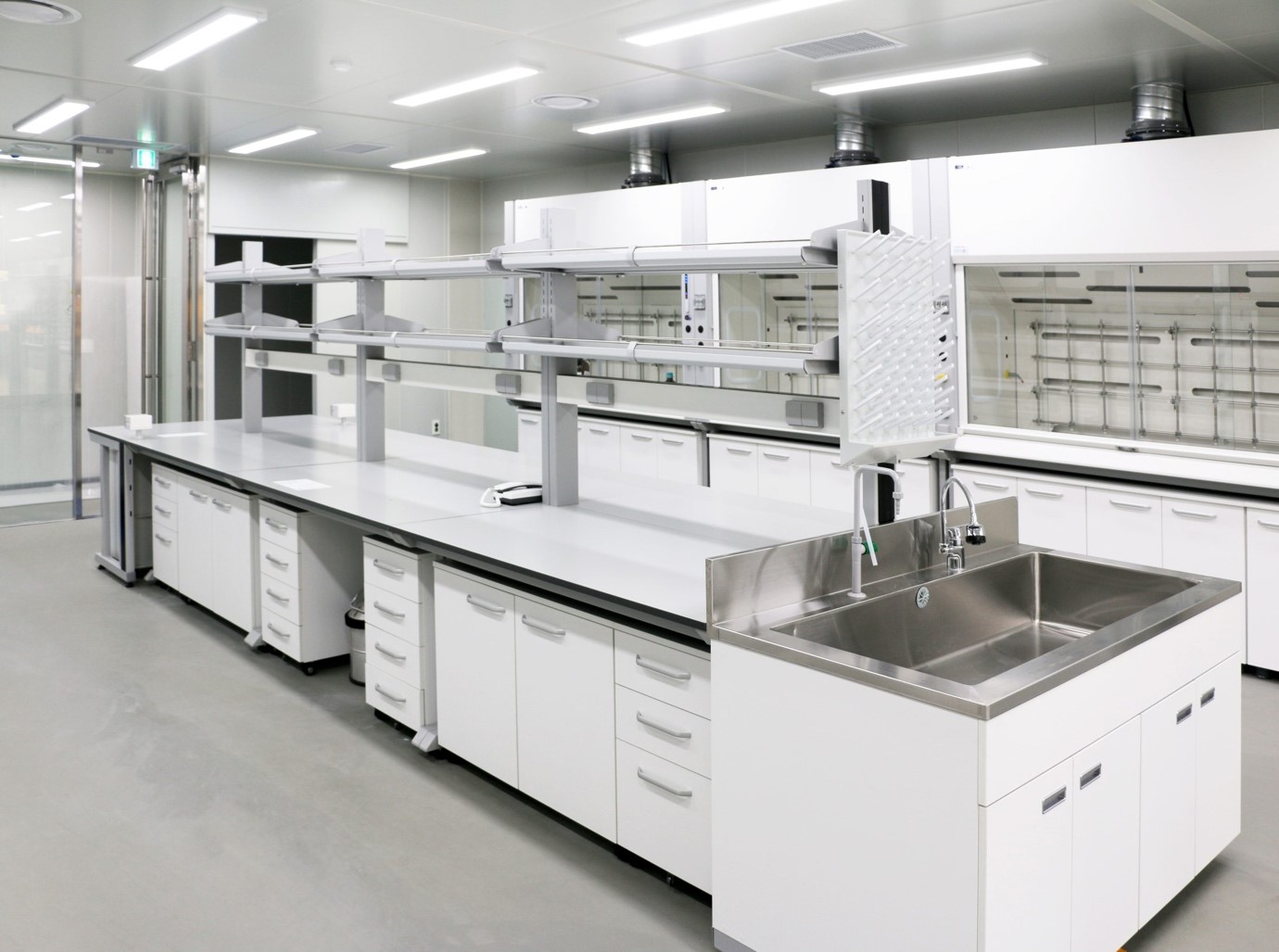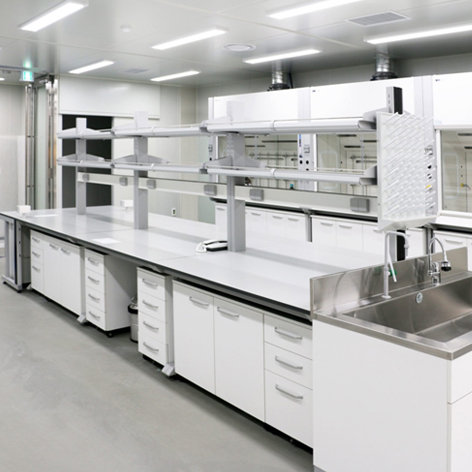In almost any laboratory or research and scientific facility, there are numerous devices, instruments, or processes that require gases to run the instrumentation or process or to calibrate the devices. Gas cylinders that are located in the laboratory area can present significant hazards, and the space they take up can be better used for other more appropriate purposes. Gas delivery systems that are properly designed, sized, and located can improve safety in the laboratory. In addition, attention to high-purity requirements—purity, compatibility, flow, materials of construction, and more—is vital for safety, performance, and cost-efficiency.
There are a number of codes and standards that apply to the storage, use, and installation of gases and their delivery systems.
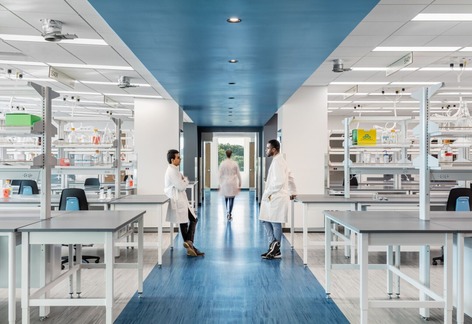
Laboratory and research facilities rely heavily on gases to power instruments, calibrate devices, and conduct various processes. However, storing gas cylinders directly within the laboratory can pose significant safety risks and consume valuable space. Gas delivery systems offer a safer and more efficient solution. These systems, when properly designed and installed, ensure a reliable and uninterrupted supply of gases. It’s crucial to consider factors such as gas purity, compatibility, flow rate, and material selection to optimize system performance and minimize safety hazards.
Numerous codes and standards govern the storage, use, and installation of gases and their delivery systems. Adhering to these guidelines is essential to maintain safety and compliance within laboratory environments. By implementing well-designed gas delivery systems and following industry best practices, laboratories can enhance operational efficiency and mitigate potential risks.

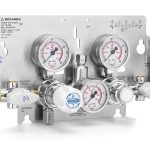
Changeover System
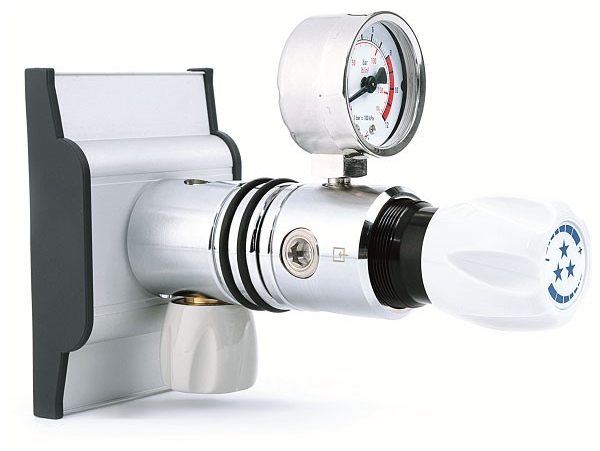
Point of Use Regulator
